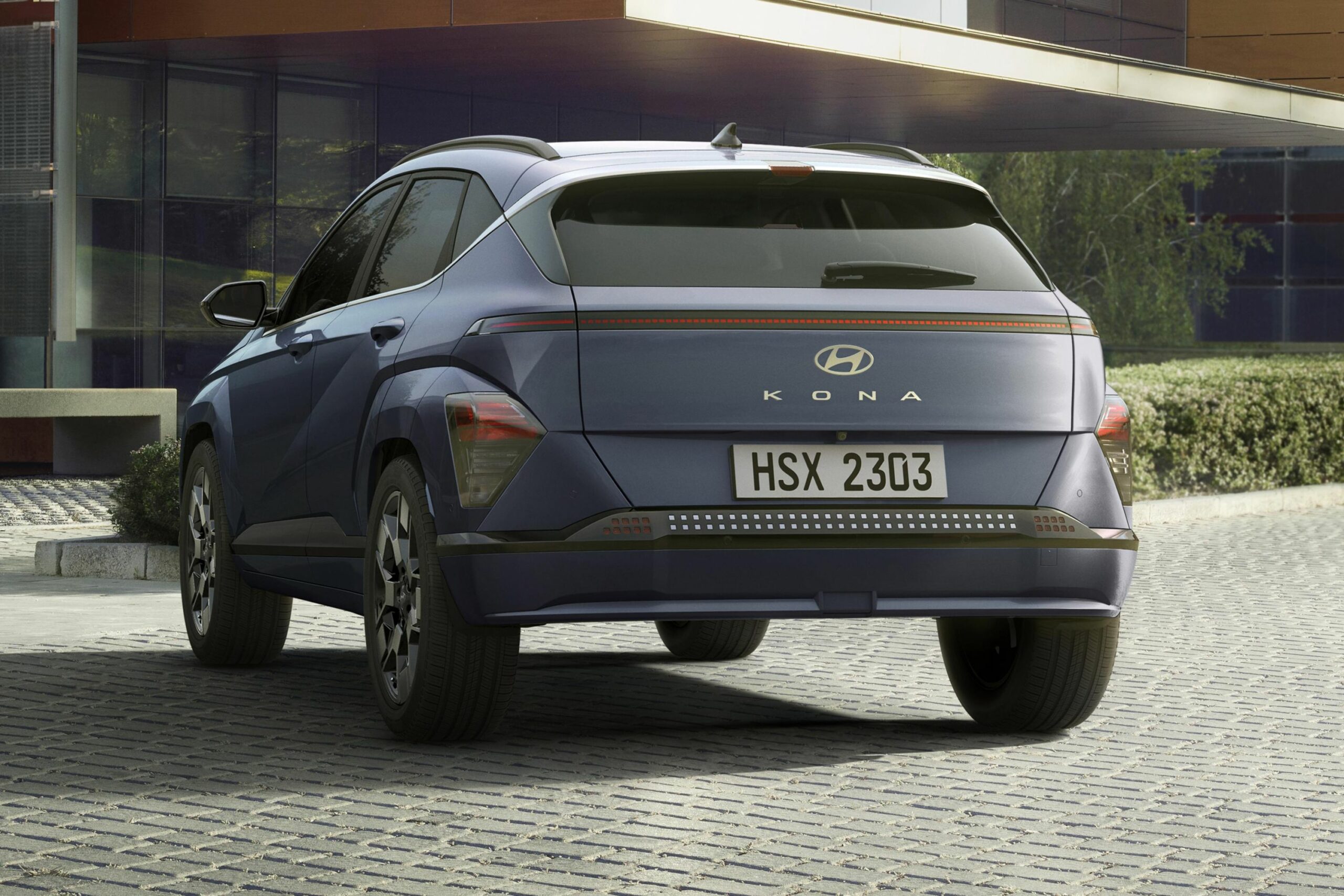The Hyundai Kona is a subcompact SUV that has captured the attention of many for its stylish design, agile handling, and an assortment of features aimed at comfort and convenience. While the Kona presents itself as an attractive option in the used car market, not all model years are created equal. Understanding which years to avoid when purchasing a used Hyundai Kona requires a discerning eye and a bit of research. This article aims to dissect the intricacies of the Kona’s performance over the years, highlighting the specific model years that may lead potential buyers down a path riddled with complications.
Understanding the Hyundai Kona’s Evolution
The Hyundai Kona first debuted in 2017, quickly establishing itself as a formidable competitor in the compact SUV arena. With its distinct, modern aesthetic and a plethora of technological advancements, the Kona was designed to appeal to a diverse range of consumers. However, as with all vehicles, there are certain years that saw the emergence of issues that prospective buyers should be aware of. By delving into model-specific problems, we can better prepare ourselves for informed decision-making.
Model Years to Approach with Caution
When considering the Hyundai Kona, several model years standout for potentially harboring problems. Notably, the 2018 and 2019 years have been brought into question more frequently by buyers and automotive critics alike.
The 2018 Hyundai Kona
The inaugural model year set the tone for future Konas, but it is not without its drawbacks. Owners of the 2018 model have reported troubling incidents related to the vehicle’s electrical systems. In particular, issues concerning the infotainment system have emerged, characterized by unresponsive displays and Bluetooth connectivity problems that can be incredibly frustrating for users. Furthermore, concerns regarding the automatic transmission have garnered attention, with some reporting hesitation during acceleration, which can impede the overall driving experience.
Another aspect to consider is the vehicle’s safety features. The 2018 Kona was equipped with advanced driver-assistance technologies, but not all iterations functioned reliably. Problems with forward-collision warning systems and lane-keeping assist have left some owners displeased. Given these hiccups, it is prudent to approach this model year with caution and to conduct a thorough pre-purchase inspection.
The 2019 Hyundai Kona
Following the 2018 release, the 2019 Hyundai Kona maintained the appealing aesthetics while introducing a few tweaks. Unfortunately, issues persisted. While many drivers experienced a generally positive ownership journey, there were nuggets of trouble lurking beneath the surface. Specific complaints regarding the engine’s performance – particularly concerning oil consumption – started to surface. Owners have reported that their vehicles were consuming oil at an alarming rate, leading to concern about long-term engine health.
Moreover, the electrical issues present in the 2018 model didn’t entirely cease in 2019. The infotainment system continued to leave some users high and dry with occasional navigation glitches and audio disruptions, much to their chagrin. The repetitive nature of these complaints suggests an underlying systemic issue that could indeed make potential buyers wary of this model year.
Positive Developments in Subsequent Years
Fortunately, for those interested in the Hyundai Kona, the subsequent model years appear to have rectified many of the problems found in the 2018 and 2019 models. The 2020 Hyundai Kona introduced several improvements that bolstered its reliability and performance. Hyundai made a point to address prior electrical issues, enhancing the overall user experience with more robust software updates and hardware revisions.
Similarly, the 2021 and 2022 Kona models incorporated finer engineering, with fewer reports of the chronic oil consumption that haunted the earlier models. Buyers have expressed satisfaction with the performance enhancements enveloping these newer versions, signaling a trend toward increased reliability.
Key Considerations When Choosing a Used Hyundai Kona
When sifting through potential options on the used market, it is crucial not only to consider the model year but also the individual history of the vehicle. Here are a few handy tips:
- Check Vehicle History Reports: Obtain detailed reports to uncover potential accidents or significant repairs. Such histories can decisively inform your decision.
- Inspect for Recalls: Research any recalls related to the specific model year you are considering. Many issues can be resolved through recalls, provided they have been addressed.
- Seek Mechanic Inspection: Always have a trusted mechanic perform a thorough inspection prior to making a purchase. Their expertise can catch concerns that may not be initially evident.
- Owner Reviews: Dive into actual owner testimonials from forums or automotive review sites. Peer experiences can lend insight that is often lacking in standard reviews.
Final Thoughts
The Hyundai Kona is certainly a commendable choice in the subcompact SUV category, especially when informed decisions are made regarding the model year. Avoiding the 2018 and 2019 models can mitigate the risk of encountering frustrating problems, guiding you towards a more satisfying ownership experience. With continued improvements in the subsequent years, potential buyers may find better luck with models from 2020 onward. Ultimately, consider your unique needs and preferences, and ensure a meticulous evaluation that leads you to the right vehicle for your adventures ahead.
